Building Skills, Growing Economies - Why Workforce Development Matters
Workforce development isn’t just about training people, it’s about strengthening communities, supporting businesses, and driving economic growth. Having authored an industry renowned paper on Career Pathways and undertaken work nation-wide across place-based workforce strategies, evaluation and program design we are serious about solutions for strengthening your community and economy.
Let’s break down why workforce development matters.
The Workforce Challenge
Many regions across Australia struggle with workforce shortages. Businesses need skilled workers, yet training pathways are complex, apprenticeship dropout rates are high, and many graduates don’t see career benefits. Sectors like construction and healthcare face growing demand, but skills shortages are slowing progress.
But, it’s not just about training. The real challenge is connecting people with the right skills at the right time to create a thriving economy.
Why Workforce Development is Key
Workforce development is more than education. It’s about:
Building local talent pipelines that match industry needs.
Ensuring accessible, relevant training, particularly in regional areas.
Bridging the gap between education, business, and government to create real employment outcomes.
Raising awareness about career pathways and future job opportunities.
The Power of Connection
Success depends on a connector. That is someone who brings industry, educators, and government together to ensure workforce solutions work in practice.
One example is Training Services NSW’s Skills Brokers Program, which helped large employers access training. As government support tightens, industry and community organisations must take the lead.
Regional Migration Planning
Workforce planning is a critical component of economic development planning. It’s important for local governments and businesses to work together to identify what the workforce needs are for a thriving community and economy and design ensure migration planning, attraction and retention is built into these plans. The Joe Walker Podcast interview with Abul Rizvi to learn more about this. Abul was the Deputy Secretary of the Department of Immigration and managed Australia's migration program from 1995 to 2007. This podcast is one of the most insightful pieces of content I have listened to in a long way and really busted many myths around migration.
Workforce Development in Action
The ILM Jedi Academy is a partnership between Industrial Light & Magic and the NSW Government to train Australia’s first high-end visual effects professionals. Despite challenges, the program proves industry driven workforce solutions can work.
Women in Trades Initiative is a research-backed approach to increasing female participation in non-traditional trades. By identifying barriers and solutions, it helped shape policies and employer resources.
So what, now what?
The economic future of regional Australia depends on building a skilled workforce today. It’s not any one entity's responsibility but rather businesses, governments, and industry groups must work together to create practical workforce solutions that drive economic growth.

